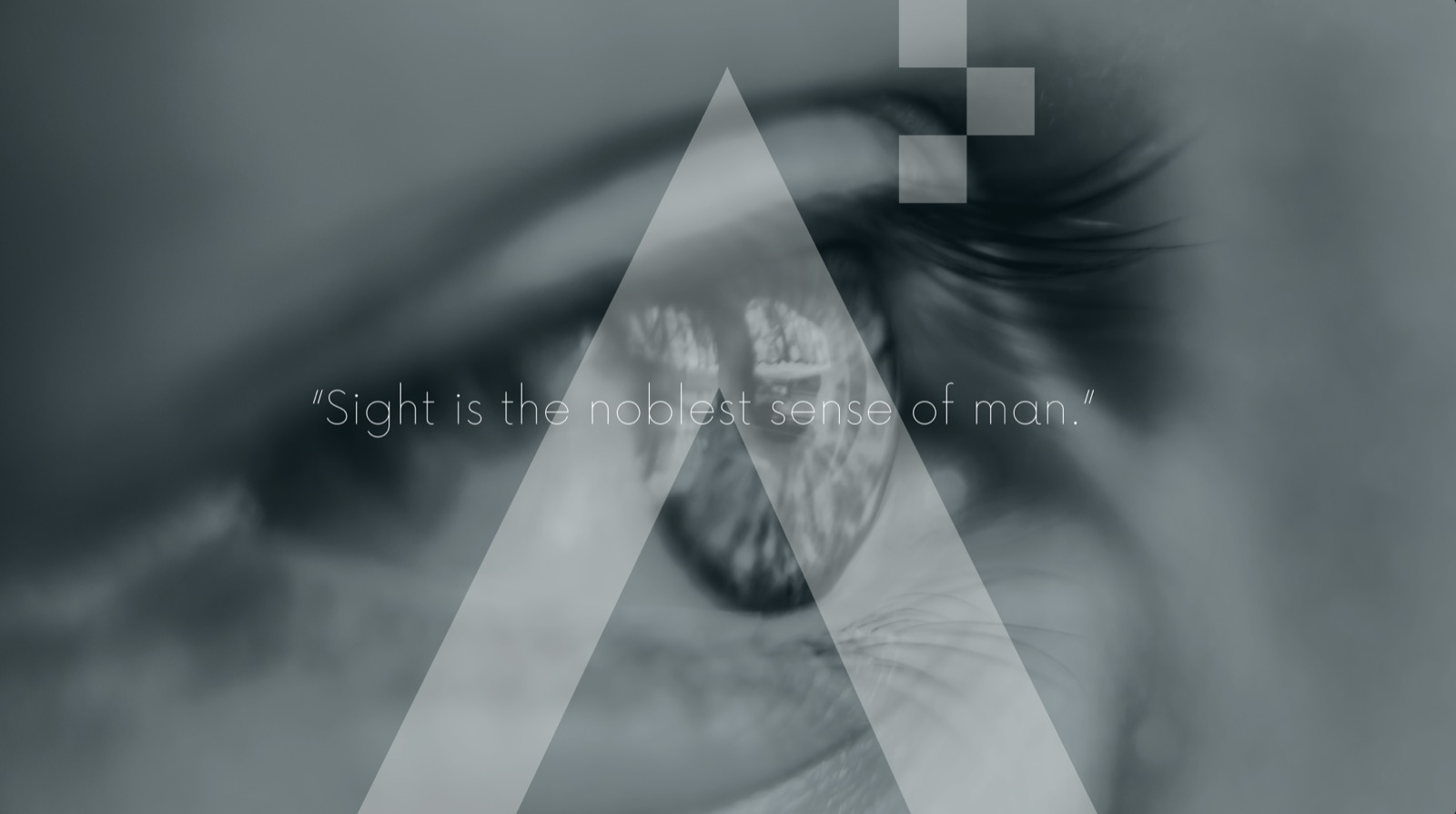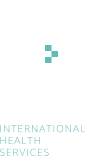

What is Cataract?
Cataract is a disease that reduces the vision level and quality of the person, which occurs with the loss of transparency of the eye lens. The phaco method applied in cataract surgery is the latest in scientific and technological developments.
Advantages of the Phaco Method
No needles, no stitches, no bandages are applied to the eyes after surgery, which is the comfort that this method provides to the patient.
Calculation of the degree of the lens to be placed in the eye in cataract surgery is done with the IOL MASTER, which is the most sensitive device in this field.
Although cataract is an eye disease seen in people over middle age;
- In Diabetics
- In newborn babies
- As a result of physical blows to the eye
- It is also seen in people who use long-term cortisone medication.
Cataract Symptoms
Cataract, which is the inevitable end of aging, is the clouding of the lens of the eye. Cataracts, colloquially called curtains, are usually caused by aging. A doctor is consulted with complaints such as a gradual decrease in vision, sensitivity to light, glare, double vision, difficulty in reading, deterioration in night vision, fading or yellowing of colors, and frequent changes in the number of glasses.
- Difficulty reading
- Gradual decrease in vision
- Sensitivity to light
- Double vision
- Fading and yellowing in colors
- Frequent change of glasses numbers
- Night vision disorder
The Only Treatment for Cataract is Surgical Method
It is not a disease that can be treated with medication or glasses. The cataract surgery method is the FAKO method, known as a laser, sutureless surgery. With the phaco method, the intraocular lens that has lost its transparency is melted by ultrasound and a foldable intraocular lens is placed in its place. Viscoelastic Gel, a special liquid, is used during cataract surgery. With this gel, it is ensured that the natural lens is separated from the other layers of the eye without damaging it. Cataract surgery is performed under operating room conditions and with special operating microscopes. Most of the time, it is performed with drop anesthesia, without blades, pain, and stitches, and the patient returns home the same day. The operation of one eye is completed in about 10 minutes.
 en
en  tr
tr fr
fr sq
sq de
de


